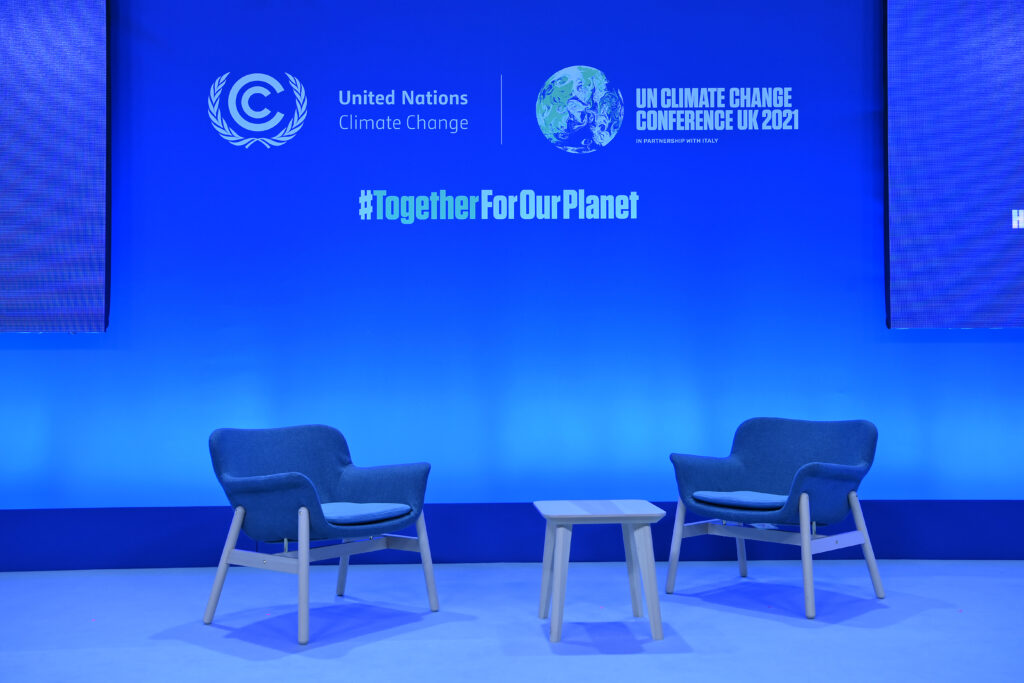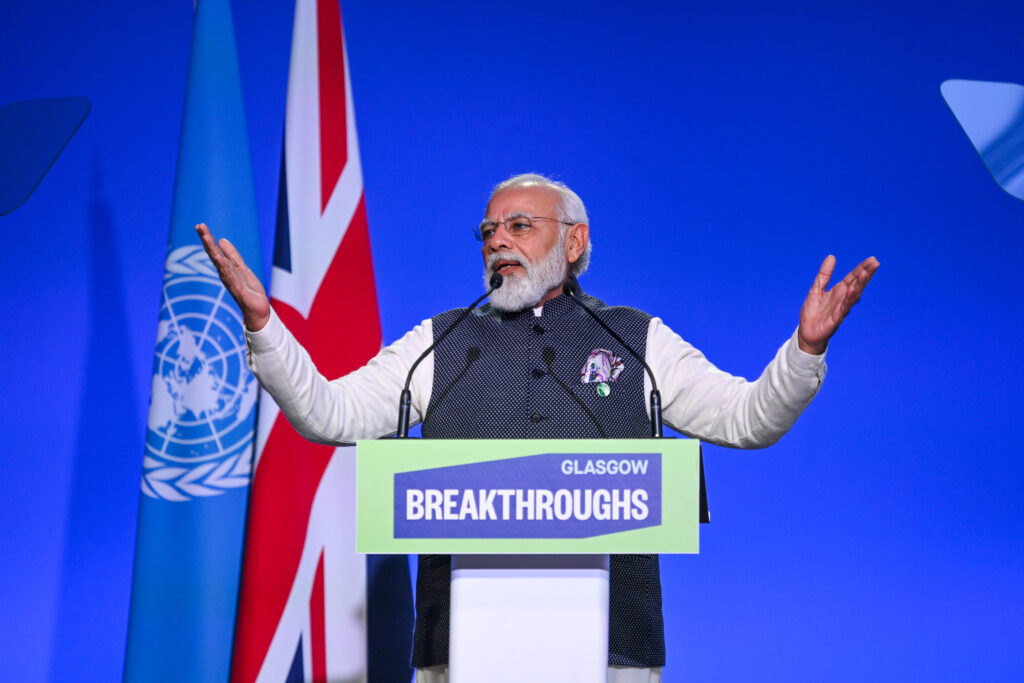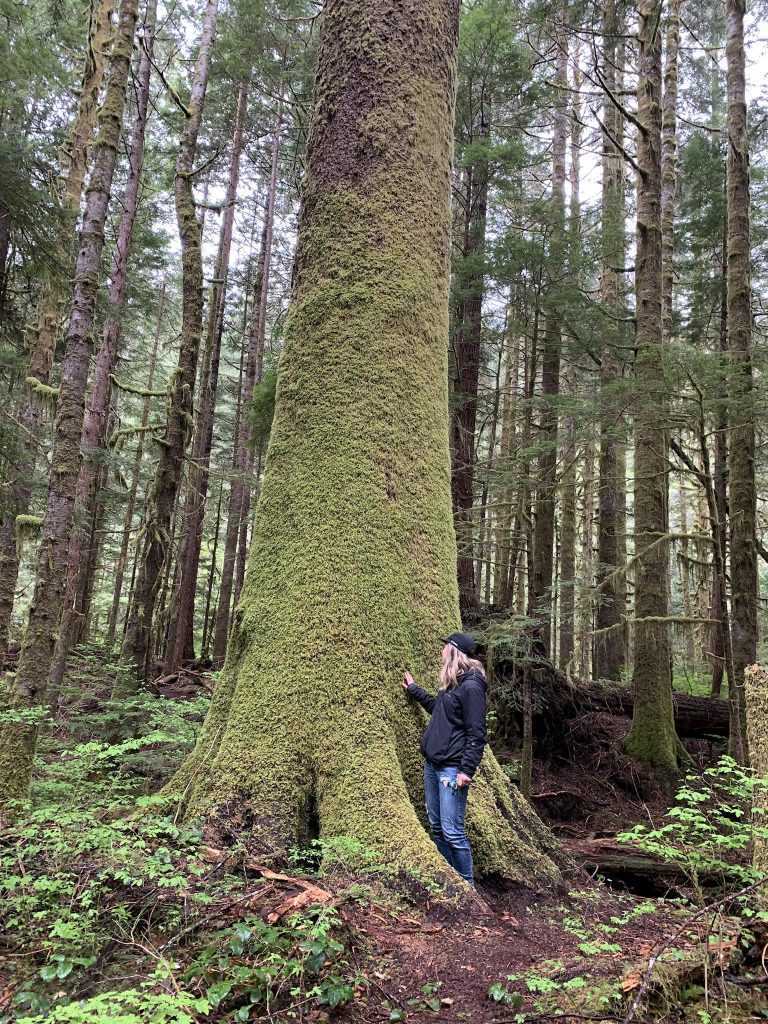WP_Post Object
(
[ID] => 9104
[post_author] => 15
[post_date] => 2025-11-18 21:59:25
[post_date_gmt] => 2025-11-18 21:59:25
[post_content] =>
I've gotten exhausted with the ways that convenience culture has shifted what we find acceptable when it comes to waste.
Soapbox is a series where people make the case for the sometimes surprising things they feel strongly about.
On the streets near my house, there are lines of tree stumps, left over from diseased elms that had to be cut down. Some people have made the most of these hollowed out stumps by planting flowers inside them, or scattering seashells around the base. Some have even used them to create elaborate shrines for their dead loved ones. Others, meanwhile, have taken a different approach, filling the hole in the center of the stumps with beer cans, cigarette ends, and banana skins, treating the stumps like organic trash cans.
Randa l. Kachef and Michael A. Chadwick, researchers at King’s College London, have coined a term for this phenomenon: polite littering. Other examples include a person placing their litter on a wall or in a hedge, or somewhere almost near a trash can, but not quite in one. I know about this phenomenon, and this term, because I have thought a lot about the psychology of people who litter in recent years, and what, if anything, can be done to change it, both on a local and global scale.
There is a certain type of person who sees a hole and perceives it to be a trash can, where others have seen the potential for a garden. But having spent the last couple of years campaigning with my local councillors to tackle litter in my immediate area, I know that the issue isn’t unique to either my three-block radius or even my (unfortunately pretty filthy) country. Human beings and the things they dump are having a devastating impact on the planet. Where infrastructure cannot keep up with increasing numbers of people and waste, trash cans overflow. The rate at which we produce plastic, and waste more generally, means that a great deal of it will escape our hands and end up in nature or creating garbage islands. Litter and plastic waste have been found in the deepest parts of the ocean and on the tallest mountains. Litter has even been found in places humans have never been.
While daunting, this doesn’t mean that the issue is out of our individual hands. On the contrary, it only makes our individual efforts all the more important. I live near the beach, and in the summer, we get a lot of tourists. Many of them are respectful and take their waste to the trash cans just a few meters away from the shore. A few, however, will litter in the most egregious way, leaving inflatable boats, bottles, and even the waste from an entire picnic rotting in the sun behind them. This summer, over 24 tons of trash was cleared from our beach over just two weekends.
Of course, not everyone who litters is so flagrant. But every day, people who consider themselves to be polite, upstanding citizens will leave napkins, banana skins, or orange peels on our pebble beach, and when confronted, will use nonsense words like “biodegradable” instead of the most fitting one, “lazy.” I’ve often had to make several trips back and forth with someone else’s sandwich wrappers, drink cans, and dirty napkins while sunbathers sit and watch. I’ve even fished band-aids, croissant wrappers, and takeout packaging out of the sea from a paddleboard.
I won’t bore you with tales of every dirty diaper I have found in a beach parking lot. But suffice to say, I have gotten pretty exhausted with the ways that convenience culture and our incessant waste seem to have shifted what we find acceptable. There is a cognitive dissonance inherent to littering, a short-sightedness wherein a person cannot think more than a few minutes into the future. Littering, and convenience culture overall, affects all of us in the longterm, and yet many people still choose the instant gratification of no longer having a Big Mac wrapper in their car over waiting to throw it away once they reach their destination.
There are places I have visited and loved that seem to sadly be crumbling under the weight of their own litter and waste: Paris, Los Angeles, New York, London, Athens. It isn’t only major cities, either. On Crete, an island in Greece, the first thing I saw when I arrived at the airport was trash. Everywhere. That continued: at the side of the road, in the ocean, on the beaches. Some places were untouched, but only because they were in the middle of nowhere. I couldn’t believe it. Crete was, in many ways, the most beautiful place I had ever seen, and I wanted everyone else to have the reverence and respect for it that I did, so that others could enjoy it, too. But when I looked down from a sunset mountain view to the streets of the small village I was staying in, all I saw was trash.
The consequences of throwaway culture are also rarely felt by the people who most egregiously participate in it. Beyond litter in our streets, the countries who produce the most devastating volumes of waste are often not the ones who feel its true impact. In much of the western world, our waste is shipped to other countries, creating an overwhelming crisis in places like Indonesia, Vietnam, Ghana, and Kenya—destroying the environments of countries that simply do not have the infrastructure to handle our onslaught.
I have been trying to understand why litter is so out of control and why so many people do it, and my only answer is convenience and laziness, combined with the fact that we just have so much more waste and single-use plastic than ever before. Yet an abundance of litter is as much a cultural problem as it is an environmental one: There are also major cities that manage to keep their trash under control. In Tokyo, there are very few public bins, due to the 1995 sarin gas attack. Instead, people simply carry their litter around until they find one, or even bag up their waste throughout the day and take it home. This diligence, this refusal to give up and just put down a Pocari Sweat bottle because they’d been holding it for a few minutes, was a welcome reprieve. This isn’t to say I didn’t see any litter in all of Tokyo. But overall, I believe most of us have much to learn from the city and its people.
Other countries have also made similar strides in their relationships to litter. Sweden sends just 1% of its waste to landfill, using half of its garbage to create energy. When I visited Las Canarias, in Tenerife and Lanzarote, I saw city workers out every single day cleaning trash from the side of the road. Hoping to deter foreigners from contributing more, signs begged tourists not to litter and to respect the islands’ unique volcanic environment. Tenerife even has fines of up to 3,000 euros for littering.
I would hope that seeing people take such great pride in their home would deter even the most ardent litterbug. But maybe that’s part of the problem: I’ve never found that same pride when I come home. The answers are there, but countries like the US and UK are just not prioritizing solving the problem—or sometimes, even asking the right questions.
Litter has been found in 90% of the UK. We are a small island, but we still can’t manage to keep it clean. Our roadsides, waterways, and countrysides are filthy, particularly compared to neighbouring countries, and there is no motivation to change it at either a government or local level. It also seems like nobody really cares to. When I look at other countries and wonder why they’re cleaner, I know that no small part of it comes down to better infrastructure, organization, and funding for waste clearance and street cleaning. But a lot of it is pride, too—and with it, genuine care.
There isn’t a straightforward answer to fixing our monumental global litter problem, particularly when we only keep creating and wasting more. But to start, we need our governments to invest in better waste management, to prioritize circularity, and to devote infrastructure and resources to tackling waste, not only on our streets, but throughout every country. We need corporations who relentlessly produce single-use crap to be held to account and restrained.
Sadly, we can’t make someone care about something that just isn’t a priority for them, and the same is true of our governments. But beyond lobbying and campaigning and voting tactically, we can all make a small difference at home. If more of us took control of our own waste and took pride in our own small parts of the world and the ones that we visit, perhaps we might actually begin to make some difference in cleaning up our mess.
[post_title] => There's No Such Thing as Polite Littering
[post_excerpt] => I've gotten exhausted with the ways that convenience culture has shifted what we find acceptable when it comes to waste.
[post_status] => publish
[comment_status] => closed
[ping_status] => closed
[post_password] =>
[post_name] => soapbox-littering-trash-environmental-impact-climate-change-global-warming-waste-garbage-islands-opinion
[to_ping] =>
[pinged] =>
[post_modified] => 2025-11-18 21:59:36
[post_modified_gmt] => 2025-11-18 21:59:36
[post_content_filtered] =>
[post_parent] => 0
[guid] => https://conversationalist.org/?p=9104
[menu_order] => 6
[post_type] => post
[post_mime_type] =>
[comment_count] => 0
[filter] => raw
)



























 Jubilant Boric supporters poured onto the streets of Santiago on December 19, 2021.[/caption]
On Election Day I was in Concepcion, in south-central Chile, feeling anxious but also hopeful that the Chilean people would elect Gabriel Boric, the humane, democratic and environmentally conscious candidate. I was at a polling station as ballot counting began, watching as the numbers showed a consistent advantage for Boric. When the announcement was made that Gabriel Boric had been elected, becoming Chile's youngest president, I was euphoric.
Jubilant Boric supporters poured onto the streets of Santiago on December 19, 2021.[/caption]
On Election Day I was in Concepcion, in south-central Chile, feeling anxious but also hopeful that the Chilean people would elect Gabriel Boric, the humane, democratic and environmentally conscious candidate. I was at a polling station as ballot counting began, watching as the numbers showed a consistent advantage for Boric. When the announcement was made that Gabriel Boric had been elected, becoming Chile's youngest president, I was euphoric.

 COP26 Climate Change Conference on November 4, 2021.[/caption]
COP (Conference of the Parties) is the decision-making body for the United Nations Framework Convention on Climate Change (UNFCCC). Signed in 1992, the Convention tasks COP with realizing the UNFCCC’s agenda as it responds to the evolving challenges of climate change. COP1 took place in Berlin in 1995. Since then, the climate conferences have been held every one or two years; their purpose is to define the global path toward confronting the climate crisis.
Some of the best-known COPs include:
COP26 Climate Change Conference on November 4, 2021.[/caption]
COP (Conference of the Parties) is the decision-making body for the United Nations Framework Convention on Climate Change (UNFCCC). Signed in 1992, the Convention tasks COP with realizing the UNFCCC’s agenda as it responds to the evolving challenges of climate change. COP1 took place in Berlin in 1995. Since then, the climate conferences have been held every one or two years; their purpose is to define the global path toward confronting the climate crisis.
Some of the best-known COPs include:
 Indian Prime Minister Narendra Modi at at COP26 on November 2, 2021.[/caption]
India’s last-minute demand for a change to the wording of the conference resolution caused an enormous uproar. The original wording called upon signatories to “accelerate (…) efforts towards the phase-out of unabated coal power”; India said it wanted it changed to “phasedown of unabated coal power.” COP decisions require consensus, so the president was forced to capitulate. But while wealthy countries were vociferous in their criticism of this move and the media blamed India for playing an obstructive role, there is more to India’s position than simple obstruction or lack of purpose. The country’s negotiators were responding to a lack of commitment from rich countries to supporting the needs of poorer ones. From India’s perspective, the richer nations were historically for climate change and were therefore ethically obligated to cooperate with those who were poorer, carried far less responsibility for climate change, and were more vulnerable to its impact. Ambition and equity mark a delicate balance in every climate negotiation, a fact that Glasgow demonstrated once again.
Future COPs must better consider how to navigate this precarious balancing act. The urgency of the situation precludes further setbacks.
It will be very difficult for anyone who attended COP26 to forget the sight of Alok Sharma, the president of COP,
Indian Prime Minister Narendra Modi at at COP26 on November 2, 2021.[/caption]
India’s last-minute demand for a change to the wording of the conference resolution caused an enormous uproar. The original wording called upon signatories to “accelerate (…) efforts towards the phase-out of unabated coal power”; India said it wanted it changed to “phasedown of unabated coal power.” COP decisions require consensus, so the president was forced to capitulate. But while wealthy countries were vociferous in their criticism of this move and the media blamed India for playing an obstructive role, there is more to India’s position than simple obstruction or lack of purpose. The country’s negotiators were responding to a lack of commitment from rich countries to supporting the needs of poorer ones. From India’s perspective, the richer nations were historically for climate change and were therefore ethically obligated to cooperate with those who were poorer, carried far less responsibility for climate change, and were more vulnerable to its impact. Ambition and equity mark a delicate balance in every climate negotiation, a fact that Glasgow demonstrated once again.
Future COPs must better consider how to navigate this precarious balancing act. The urgency of the situation precludes further setbacks.
It will be very difficult for anyone who attended COP26 to forget the sight of Alok Sharma, the president of COP, 
 Amy Iredale dwarfed by one of the ancient trees at Fairy Creek.[/caption]
Some, however, don’t see anything holy here. For them, millennia-old forests are just land that should be exploited and trees that can be replanted.
Amy Iredale dwarfed by one of the ancient trees at Fairy Creek.[/caption]
Some, however, don’t see anything holy here. For them, millennia-old forests are just land that should be exploited and trees that can be replanted.
 Freshly cut old growth trees in the Caycuse River Valley.[/caption]
Old-growth forests cannot be replaced because replanted forests—referred to as second growth—do not recreate the rich conditions and biodiversity of the ancient trees. The study urged the government to “immediately place a moratorium on logging in ecosystems and landscapes with very little old forest.” The Union of British Columbia Indian Chiefs also passed a resolution last year calling on the government to do the same.
Fairy Creek’s 12.8 hectares of unlogged ancient old-growth forests are in fact extremely rare, making up less than 1 percent of what remains in the province. And yet, despite their importance and rarity, these ancient trees are still being cut down. Teal-Jones still has government approval to log in mostly old-growth forests.
The Supreme Court of British Columbia granted an injunction in April for the RCMP to come in and remove protesters and tree-sitters at a string of blockades on logging roads in the area. Over 185 people have so far been arrested, but Canada’s legacy media has given the story little coverage. Independent media outlets
Freshly cut old growth trees in the Caycuse River Valley.[/caption]
Old-growth forests cannot be replaced because replanted forests—referred to as second growth—do not recreate the rich conditions and biodiversity of the ancient trees. The study urged the government to “immediately place a moratorium on logging in ecosystems and landscapes with very little old forest.” The Union of British Columbia Indian Chiefs also passed a resolution last year calling on the government to do the same.
Fairy Creek’s 12.8 hectares of unlogged ancient old-growth forests are in fact extremely rare, making up less than 1 percent of what remains in the province. And yet, despite their importance and rarity, these ancient trees are still being cut down. Teal-Jones still has government approval to log in mostly old-growth forests.
The Supreme Court of British Columbia granted an injunction in April for the RCMP to come in and remove protesters and tree-sitters at a string of blockades on logging roads in the area. Over 185 people have so far been arrested, but Canada’s legacy media has given the story little coverage. Independent media outlets 




